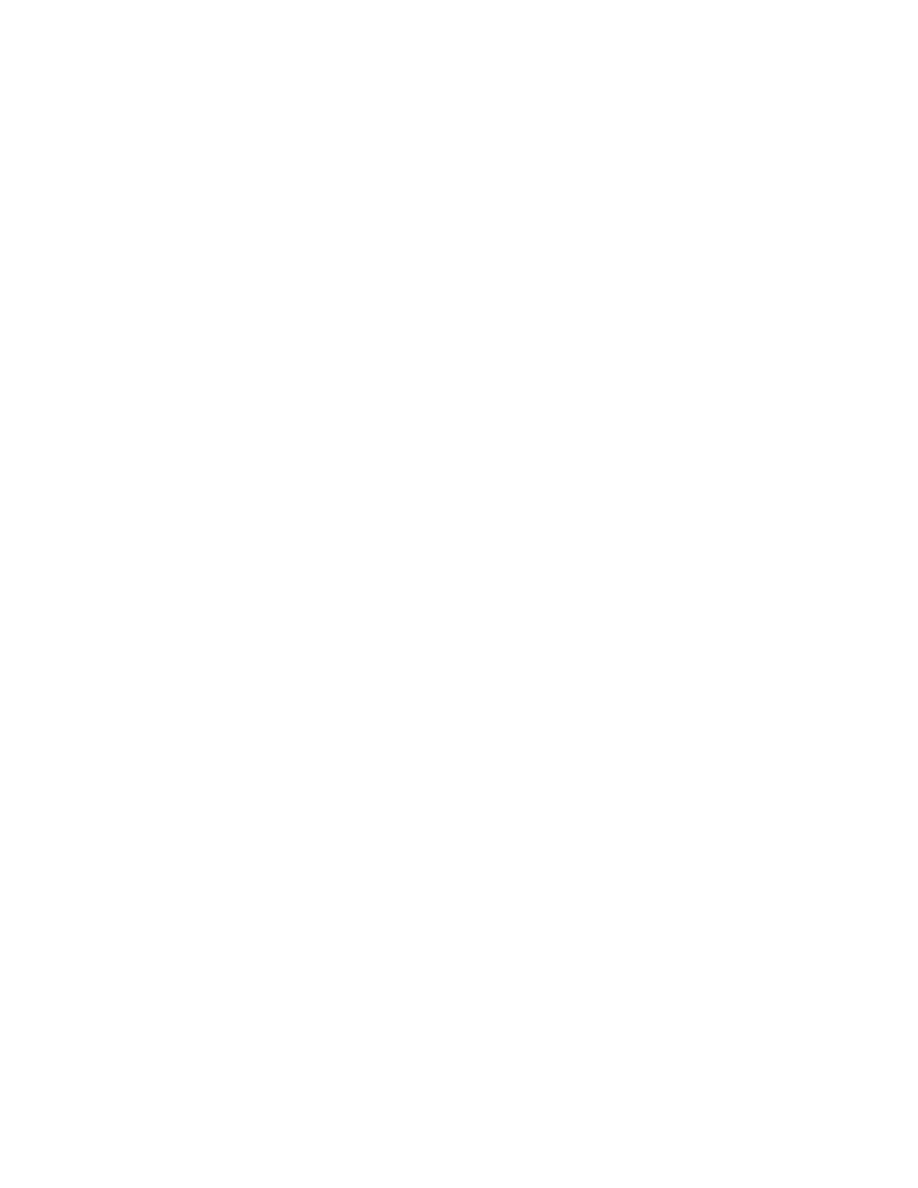G 2500 3/4 Ton Van V6-262 4.3L VIN Z (1992)

Fuel Supply Line: Description and Operation
FUEL TANK
The fuel tank is located under the rear of the vehicle and is the fuel reservoir. The tank has a vertical baffle installed to prevent fuel slosh. The fuel
pump and fuel level sending unit assembly are mounted in the fuel tank as one assembly. The fuel tank assembly also consists of the fuel filler
neck and filler cap.
FUEL FILLER NECK
To help prevent refueling with leaded fuel, the fuel filler neck has a built-in restrictor and deflector. The opening of the restrictor will accept only
the smaller unleaded gasoline nozzle which must be fully inserted to bypass the deflector. Attempted refueling with a leaded fuel nozzle will result
in fuel splashing back out of the filler neck.
FUEL TANK FILLER CAP
The fuel tank filler neck is equipped with a screw type cap. The threaded part of the cap requires several turns counterclockwise to remove. The
long threaded area was designed to allow any remaining fuel tank pressure to escape during the cap removal operation. A ratchet type torque
limiting device prevents over-tightening. To install, turn the cap clockwise until a clicking noise is heard. This signals that the correct torque has
been reached and the cap is fully seated.
NOTE: If a fuel filler cap requires replacement, only a cap with the same features should be used. Failure to use the correct cap can result in a
serious malfunction of the system.
FUEL AND VAPOR PIPES
The fuel feed and return pipes extend from the fuel pump/gauge sending unit to the engine compartment. The pipes are secured to the underbody
with clip and screw assemblies. Both fuel feed pipes and return pipe must be properly routed and retained, and should be inspected occasionally
for leaks, kinks, or dents. If evidence of dirt is found in the fuel injector assembly or fuel filter during disassembly, the pipes should be
disconnected and blown out. Check the fuel strainer on the fuel pump/fuel gauge assembly for damage or omission.
The vapor pipe extends from the fuel pump/gauge assembly to the canister. However, it does not follow the same route as the fuel feed pipe.
Due to the fact that the fuel pipes/hoses are under high pressure on fuel injected systems these systems require special consideration for service.
NOTE: All fuel feed and return line attachments in the system are screw type fittings. Always use a backup wrench when loosening or tightening
the fittings. Screw fittings used on the two systems utilize O-rings for the fuel feed and return pipes and the two sizes of O-rings are not
interchangeable. Any time that the fuel or return pipes are disconnected, inspect the O-rings for cuts or other type of damage and replace as
necessary. The flare used on these fuel pipes is not compatible with the flare used on other fuel pipes.
FUEL LINE O-RINGS
The fuel line O-rings used are made of Viton. They are brown in color. Viton is less affected than rubber by the additives used in many fuels.
Therefore, rubber should not be used.
